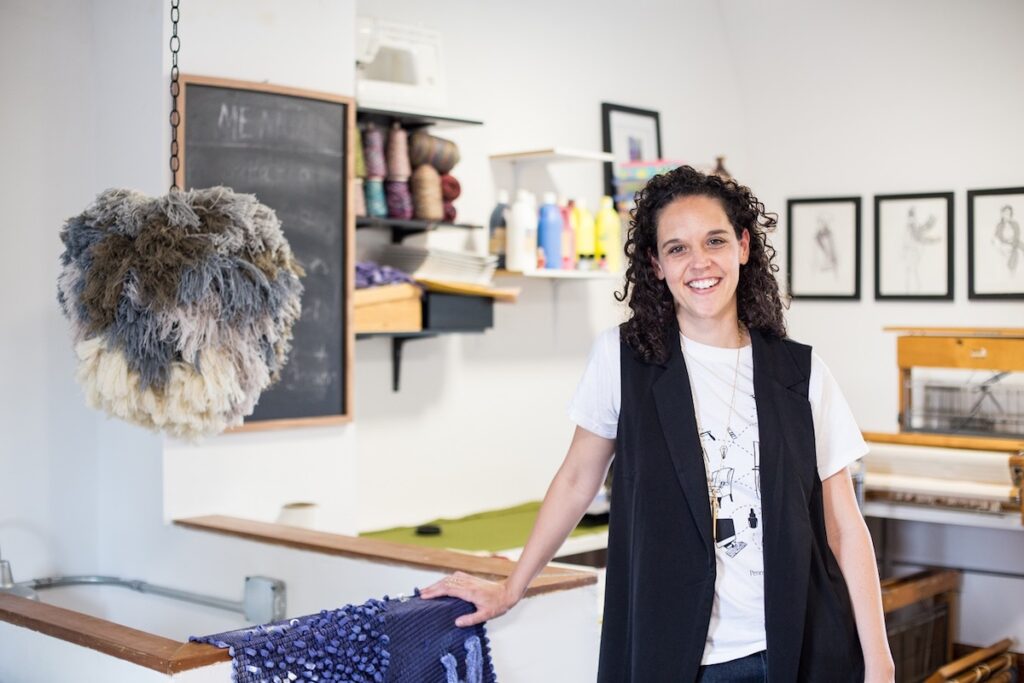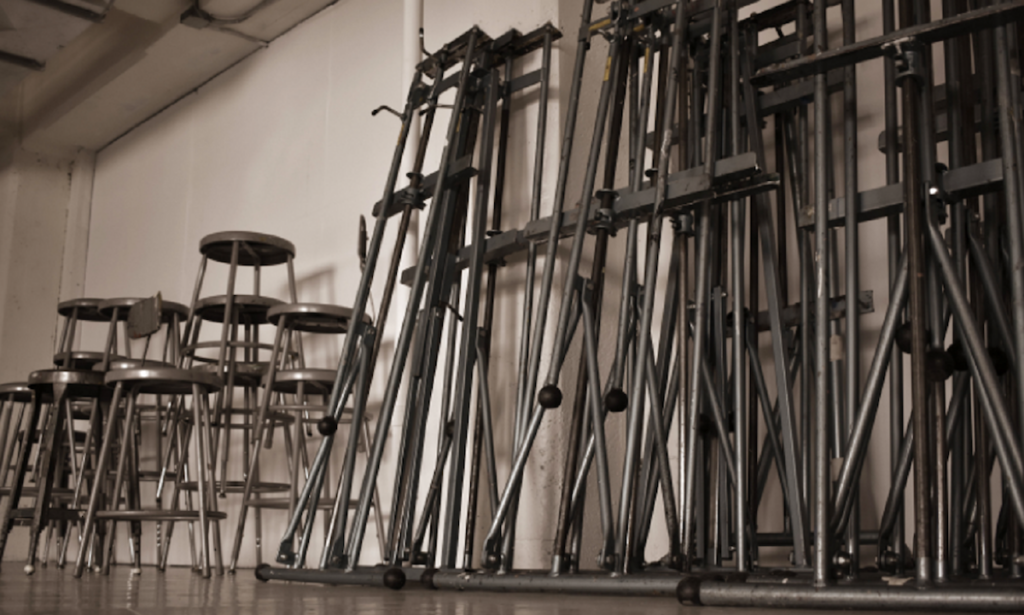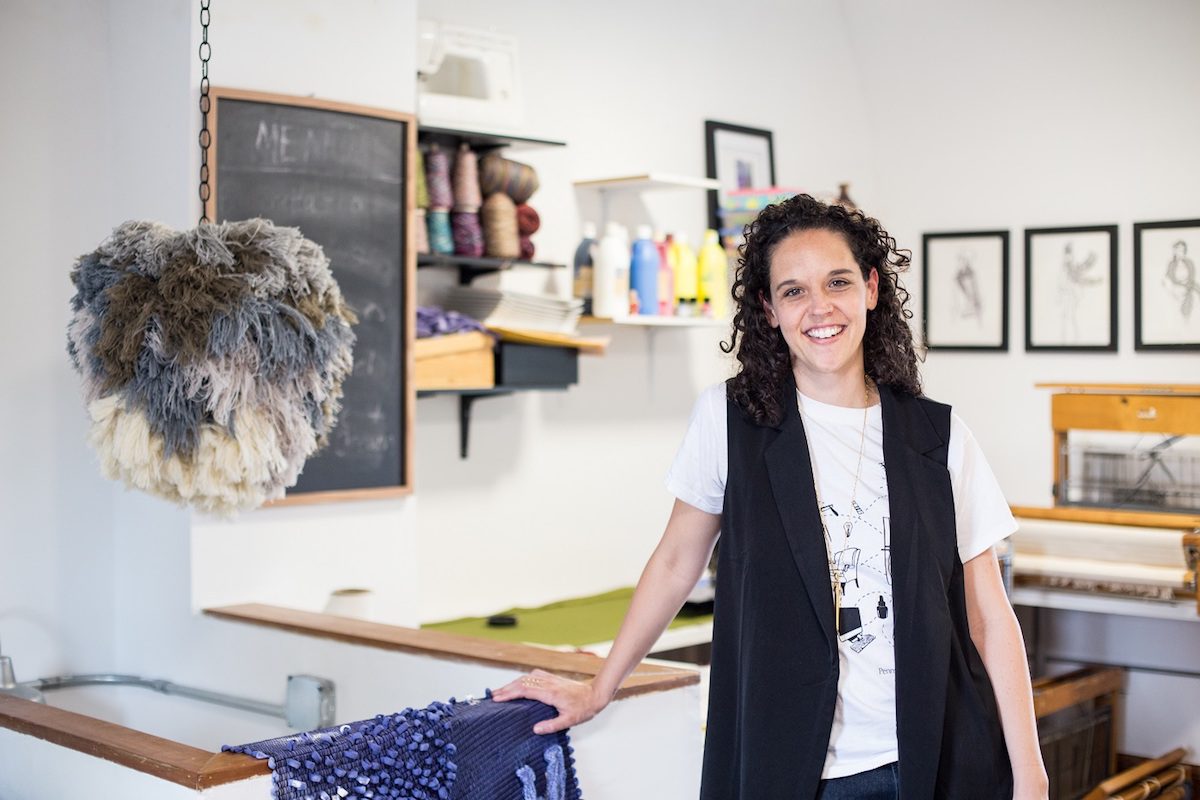Have you ever considered quitting teaching?
I did.
I quit.

You may be considering doing the same. But, before you write your resignation letter, it isn’t about staying or leaving, it’s about determining why you started teaching. What is your “Why”?
Picture the brown envelope stuffed with class rosters, back to school info, and class schedules. It comes flying through the mail slot.
During my first years of teaching, I welcomed the envelope, in the last three, I dreaded it.
What about you?
Or maybe, you’ve always wanted to be a teacher, but the gig doesn’t seem to be what you signed up for. You’re overwhelmed and drowning in projects to grade, posters to make, emails to answer, and non-art-related professional development to attend. You have lunch duty, locker room duty, recess duty, bathroom duty. You feel like you’re pulled in a million different directions.

So, why do you teach?
I started teaching art because I love teaching, kids, and art. I believe quality art education develops empathy, helping students learn to think and problem-solve.
I quit.
My belief in the importance of education never changed, yet my ability to teach in a way that aligned with my “Why” did.
To stay, and feel good about staying, you need to develop a plan that helps you teach every day in a way that aligns with your “Why.” If you can’t, you should leave.

To help you sort out your feelings, I suggest you take part in the thought exercise below. Take some time to think about and write down your answers to the following three questions.
- What changes do you need to make so that your day-to-day teaching practice aligns with your “Why”?
- To what do you need to say, “No”?
- To what do you need to say “Yes”?
You might find you need to say, “No,” to immediate email responses, and instead tackle more important things first. Or, you might need to come up with a way to get your emails taken care of quickly.
One tip for saving time with email is to have an email swipe file. This is a file filled with responses to common emails. Take an afternoon, write out responses to all of the common emails you receive. Then, save your responses to quickly edit and use as needed.
Perhaps you need to stop making bulletin boards unless it connects to your “Why.” Instead, try allowing the students to be in charge of displaying their work.
For even more tips, check out the Creative Ways to Curb Teacher Burnout Learning Pack. Learn how to say no when work gets to be too much. You deserve to invest in yourself so that you can feel energized throughout the school year.
It may also help to write a list of all the things you aren’t.
You’re not a sign maker, poster designer, earring fixer, or holiday card maker. You are a teacher. Give yourself room to TEACH. It’s okay to say, “No,” and you’re going to have to say, “No,” to a lot to refocus on your “Why.”
Understand that it’s okay to quit. If you no longer have a clue why you’re teaching (besides the paycheck) or, if you can’t get your day-to-day practice to align with your “Why” it’s time to quit. And if you do, it will be okay. You will figure it out, and you might fall back in love with teaching.
I did.
Leave a comment that describes your “Why” in the comment section.
What are three things you can stop doing immediately that distract from your “Why”?
Magazine articles and podcasts are opinions of professional education contributors and do not necessarily represent the position of the Art of Education University (AOEU) or its academic offerings. Contributors use terms in the way they are most often talked about in the scope of their educational experiences.





